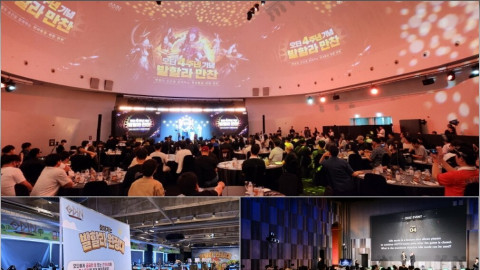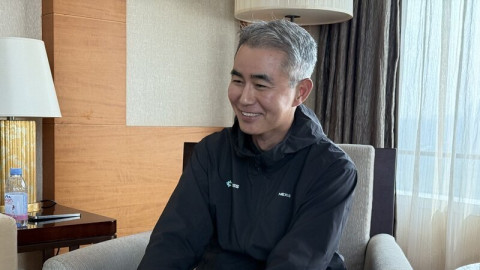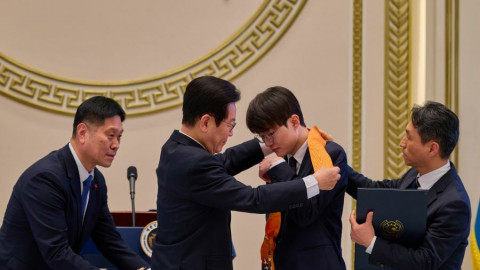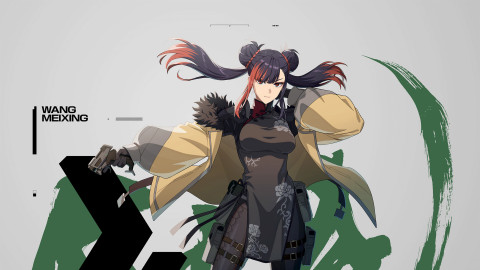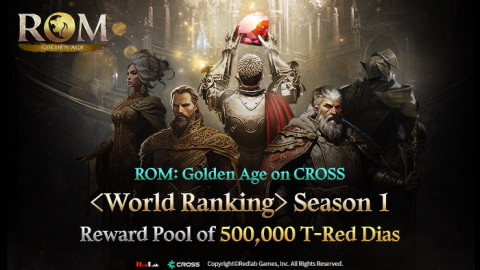
Overwatch’s frequent, short-lived balance patches aren’t working
Earlier this week, another balance patch hit the Overwatch PTR (Public Testing Region), this time introducing a new map and bringing significant changes to Tracer, Hanzo, and Lucio. When this patch inevitably goes live in two or three weeks, it will be the thirteenth balance patch in roughly eight months, or four competitive seasons, ostensibly in accordance with a design philosophy that demands relatively minor, yet frequent, balance changes.
While minor, yet frequent, balance adjustments could work in theory, this design philosophy is not holding up in practice. Two vital pieces of the Overwatch balance puzzle are being overlooked: firstly, the value of PTR insights and player feedback and secondly, the necessity for consistency in esports.
At present moment, PTR appears more as a bug test for changes Blizzard is resolved to set in stone rather than an opportunity to examine and tweak said adjustments in light of tangible community testing and player feedback. The examination comes later, followed by another balance patch that inevitably tweaks or reverts some aspect of the initial patch that players, especially those in the pro community, recommended weeks (and sometimes months) prior.
Examples of this dynamic are extensive. In February, Blizzard made significant adjustments to Sombra’s kit – most notably increasing her Hack speed – only to directly and indirectly nerf the ability a month later. These nerfs were necessary and widely praised but did not erase the full half-season of competitive that was defined by infuriatingly powerful (and, in the case of Hack’s not breaking from line of sight, bugged) Sombra play, nor the frustration of having predicted the consequences of said adjustments during PTR only to have them patched into live servers without tweaks.
Similarly, Mercy’s kit received a significant overhaul in mid-September. Valkyrie replaced her old ultimate ability, Resurrect, and a number of other changes were made to Mercy’s health regeneration and mobility. After a brief stint on the PTR, said adjustments went live without discernible alteration. Predictably, nerfs hit a month later. And a month after those nerfs, another round.
"Players of all ranks and abilities are too often playing in anticipation of a reversion of a recent patch."
It would not be until the end of January 2018 that adjustments to Mercy would leave her in an arguably good place (i.e. playable but not vital). But by that point, over two seasons of ranked play and the first stage of the inaugural season of the Overwatch League were defined by adjustments to Mercy that Blizzard initially rushed to live servers without consideration of overwhelming player feedback.
The examples could go on – Bastion was infamously made virtually invincible for a few days of Season 4 despite widespread examples of his capabilities during PTR; Junkrat is still undergoing construction from powerful buffs applied in Season 6; Eichenwalde’s second point was nigh impenetrable for roughly six months despite player feedback; etc. – but the point is this: live servers cannot be Blizzard’s testing ground for balance changes.

Balance patches move from PTR to live servers rapidly and without reassessment. Gameplay is constantly upended and turbulent as a result, leaving players in a balance purgatory in which they are unable to settle into Overwatch because a patch bringing the tweaks that they suggested during PTR of the previous patch is surely coming in just a few weeks. Players of all ranks and abilities are too often playing in anticipation of a reversion of a recent patch.
This is not to say that designers are to bend to every community request. Balance changes are never going to receive universal approval, but player feedback (and especially pro feedback) has reliably identified adjustments that are too strong or weak to go to live servers. PTR feedback cannot continually be disregarded in favor of retroactive balancing.
For esports, the impact of this never-ending give and take is even more pronounced. Unlike ranked play, balance patches are not applied mid-competition. In the case of the Overwatch League, this means that the tournament realm updates to a more recent patch only at the beginning of a new stage. For Overwatch Contenders, the patch the competition is played on changes between the group stage and playoffs.
"The current 'do now, ask for forgiveness later' approach to Overwatch balancing is giving players whiplash."
This system provides relative stability to the competition, but also creates a significant discrepancy between the game viewers are playing and the game that they are watching in any given tournament. Additionally, the frequent, powerful, and short-lived nature of many of Overwatch’s balance changes makes the timing of patches and tournaments paramount for pro play.
The Overwatch League narrowly missed playing Stage 3 on a version of the game that was completely ruled by entirely too powerful Sombra changes. While they dodged that bullet, they were not so lucky in Stage 1; as aforementioned, too hastily applied Mercy and Junkrat buffs defined the competition from early January to early February.

Similarly, Stage 3 kicked off just before a patch moved the second point of Blizzard World back 10 meters, leaving pros at the mercy of a heavily defense-favored second point. Had Blizzard World’s release to live servers or its introduction to the Overwatch League been delayed to allow for needed adjustments to come to light, the League could be competing on an improved, fairer version of the map.
Furthermore, teams have limited downtime to adjust to new patches between stages, cheapening the competition by turning it into a game of “who can most quickly adapt to a slew of buffs and nerfs?” The hastiness and unpredictability of Overwatch patches mean that pro teams must constantly be cognizant of the possibility that the abrupt viability of any given hero could suddenly determine their tournament lives.
Solid competitors have been burned by this in the past. The Boston Uprising, for example, struggled at the beginning of Stage 2 from poor adaptability to a new patch. Conversely, much of the late Team EnVy’s accomplishments in APEX can be attributed to their fortunate acquisition of a phenomenal D.Va player right before the hero became a must-pick. In this way, although changing patches between phases of competition offer short-term tournament stability, overall long-term game stability is absent.
The current “do now, ask for forgiveness later” approach to Overwatch balancing is giving players whiplash. Patches must be given longer lives on the PTR in order to minimize the number of game-defining balance patches that go to live servers only to be revised weeks or months later in accordance with the feedback players gave during PTR. Any additional time on the PTR must be used to gather and respond meaningfully to worthwhile player feedback, especially that given by the pro community.
Game design and balance is not simple and no one should discredit the hard work that goes into it. But it would be a shame if Blizzard denied the quality, valuable feedback the pro community provides for free in favor of pushing obviously flawed, all too frequent patches on its passionate, but exhausted, fanbase.
Sort by:
Comments :0


